In Memory of Maud of Wales
It was November 26, 1869. A Princess was born to Prince Albert Edward, the Prince of Wales, later Edward VII, and Princess Alexandra, the Princess of Wales. The newborn Princess was Maud Charlotte Mary Victoria of Wales. As such she was a granddaughter of Queen Victoria, the grandmother of Europe. It was a time when non-morganatic marriage was not only the norm, but a strict norm. Archduke Franz Ferdinand, who saw his last day in Sarajevo on June 28, 1914, could not let the throne pass to his children with his consort Sophie, who was only of aristocratic blood. She was a mere noblewoman. It was a time when royals marrying consorts of the lowest order – with “pasts” – was unthinkable, save for the most extremely vivid imaginations.
As such she was a granddaughter of Queen Victoria, the grandmother of Europe. It was a time when non-morganatic marriage was not only the norm, but a strict norm. Archduke Franz Ferdinand, who saw his last day in Sarajevo on June 28, 1914, could not let the throne pass to his children with his consort Sophie, who was only of aristocratic blood. She was a mere noblewoman. It was a time when royals marrying consorts of the lowest order – with “pasts” – was unthinkable, save for the most extremely vivid imaginations.
Princess Maud of Wales was born in the year Royal Assent was given to annual ordinary sittings of Parliament in the country she was to become Queen Consort. In the year she turned two years old, annual sittings came into effect. Previously, ordinary sittings had been every third year. She was born before parliamentary government was very much an issue in the country she was to become Queen Consort.
On July 22, 1896 Princess Maud of Wales married Prince Carl of Denmark. On July 2, 1903 the marriage was blessed with Prince Alexander – later Crown Prince Olav and King Olav V of Norway.
It was in an age when dissolved unions and independence gave states that sought kings of their own. It was in an age when the default form of government was monarchy. It was in an age when nations that sought to establish a form of government sought to establish a monarchy. It was in an age when the revolutionary republic was the only republic besides the ancient republic of the Helvetic Confederation among the major states of Europe. The revolutionary republic was looked upon with suspicion, and rightly so.
The powers of Europe, the revolutionary republic included, wanted Norway to retain her monarchy.
It was time when the ancient Kingdom of Norway, so often erroneously referred to as a new monarchy, sought a King of her own.
There was a referendum on whether to consent to the Norwegian Parliament – the Storthing – inviting Prince Carl of Denmark to ascend the vacant, ancient throne of St. Olav. This referendum is so often referred to as a referendum over the issue of monarchy vs. republic. 79 % consented to make Prince Carl King, and thus to make Princess Maud Queen Consort of Norway.
Prince Carl was proclaimed King on November 18, 1905, upon which Princess Maud became Queen Consort of Norway. Having taken the name Haakon VII, the new King came with his Queen Consort and Crown Prince Olav on a cold winter day, November 25, 1905, to the Norwegian capital of Christiania.
The Danish Prince had been selected to ascend the throne of St. Olav due in large part to his status as son-in-law of His Britannic Majesty King Edward VII. Building an alliance through relations of one's royalty was important. Such was this age.
King Haakon and Queen Maud were crowned in Trondhjem on June 22, 1906. A post-coronation photo taken in the local royal residence with robes and regalia reportedly prompted His Britannic Majesty to report back that his daughter and son-in-law suited the outfits well. In the wake of the coronation, the King and Queen traveled their Kingdom. In the city of Haugesund the dessert Queen Maud Pudding was composed to His Britannic Majesty's daughter's honor. The dessert is popular at weddings and other occasions till this day.Whilst accepting popular sovereignty, whilst being much less publicly confrontational than his predecessor, King Oscar II, whilst seeing himself as significantly less a power in his own right than his predecessor, King Haakon VII did have ambitions of being something else than a marionette of the politicos. There was a struggle. His Majesty once commented that a handkerchief was something he was allowed to poke his nose in. By his side was Queen Maud.
The republican politicos who brought the new King and his Consort, Maud of Wales, to the land had other plans than the country to remain a monarchy. They wanted to use him as security in the beginning and later dump him for a republic. His Majesty was to reign for almost 52 years – well into the democratic republican age.
Queen Maud visited the land of her birth quite often. She attended the latest coronation of a King in Westminster Abbey, that of His Britannic Majesty King George VI, Her Majesty Queen Maud's nephew. That was to be her last public appearance in the United Kingdom. She passed on on November 20, 1938, 70 years ago today, less than 17 months too early to be at King Haakon VII's side when his Kingdom suffered the consequence of the politicos not following Majestic advice about defense level.
Queen Maud is laid to rest with King Haakon VII, who survived his consort with almost 19 years, in the Royal Crypt in Oslo.
The widower King Haakon VII boarded HMS Devonshire on June 7, 1940, bound for London, which was to be the capital of the Kingdom of Norway for just about five years. The King, with few exceptions, met with and chaired his Cabinet every Friday for about five years in what was then the official Royal seat, the Royal Norwegian Embassy, today's Ambassador's residence, close to Kensington Palace.
The Norwegian Government today has this historic building in its possesion, but has let the Cabinet offices from the WWII years go.
As an uncle-in-law of His Britannic Majesty, King Haakon stayed mostly at Windsor Castle. His Majesty's 70th birthday was celebrated in Royal Albert Hall. His Majesty served as a symbol of liberation through the war years, and his voice was welcomed on all the "illegal" radios around the occupied land. King Haakon's popularity outclassed what was thought of the politicians who served as his Cabinet Secretaries. At the end of the war, there were voices speaking up for more regal powers, notably that of Johan Scharffenberg, a man who had pushed for a republic back in 1905.
Queen Maud Land in the Antarctic is the largest Antarctic claim, a Norwegian dependency. It was recognized by the United Kingdom and His Britannic Majesty's dominions of Australia and New Zealand.
Queen Maud Mountains in Antarctica are also named after Maud of Wales. So is Queen Maud Gulf in Nunavut in Her Britannic Majesty's Kingdom of Canada. There is also the Queen Maud Secondary School in Hong Kong.
Maud of Wales may have had a back seat in history compared to King Haakon VII. However, without Maud of Wales there probably would not have been a King Haakon VII, and we certainly would not have had King Olav V, whose subject yours truly was born.
The relations between the House of Windsor and the House of Norway are stressed from time to time, realtions which make yours truly a subject of a great-grandchild of Edward VII.
We honor the memory of Maud of Wales on this 70th anniversary of Her Majesty's passing.
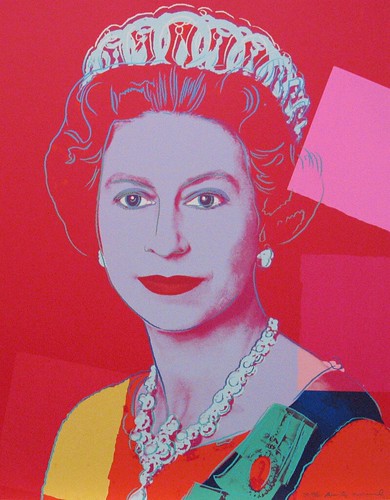 Vice-Regal Saint:
Vice-Regal Saint: 





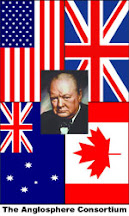

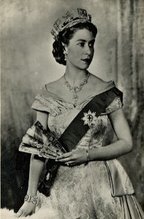





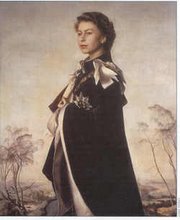


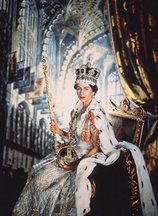
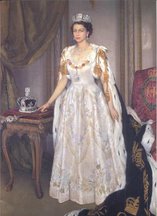
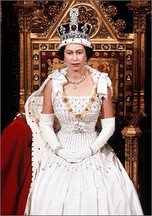
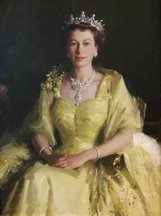
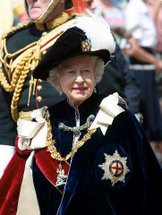

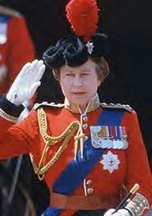




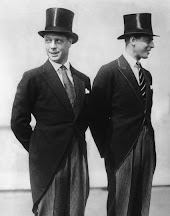






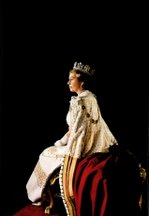



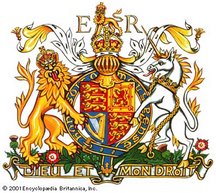

.gif)
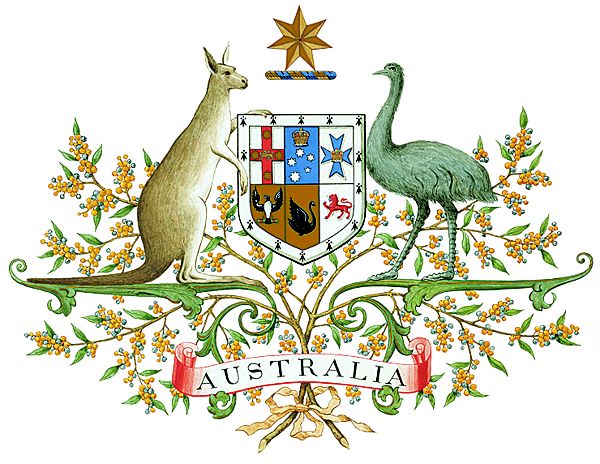
.gif)

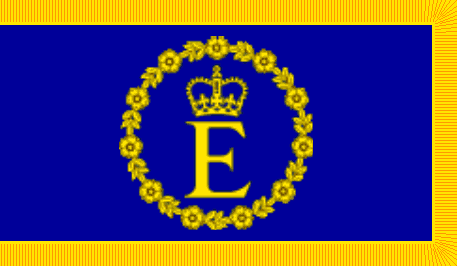
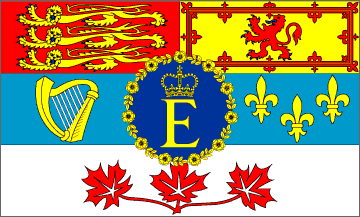
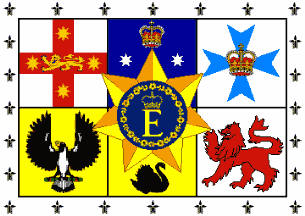
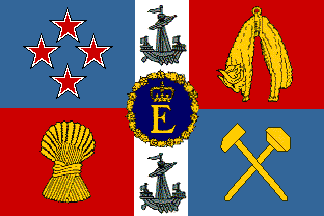
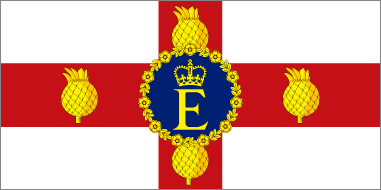
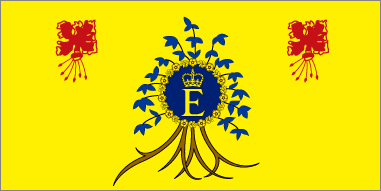
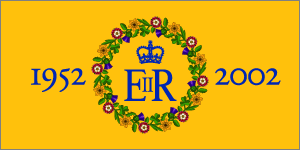


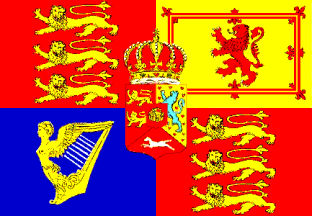
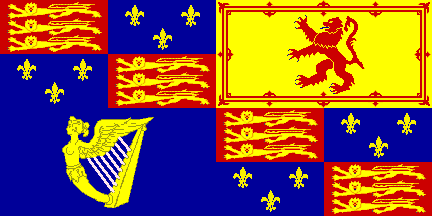
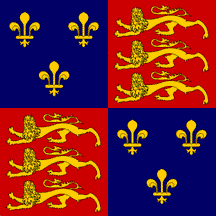
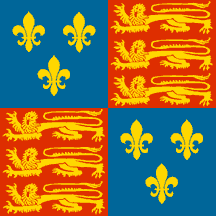
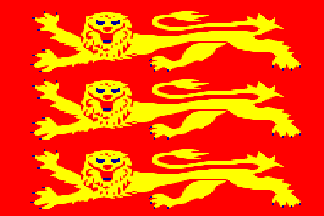
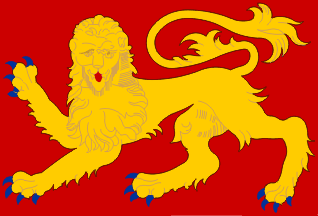
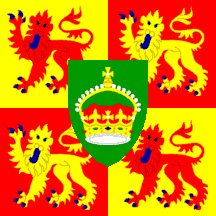

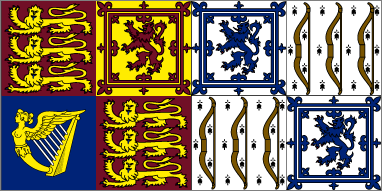
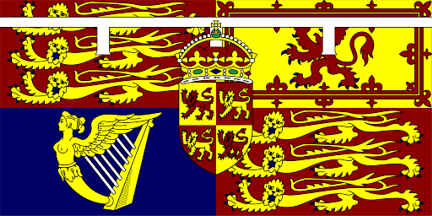
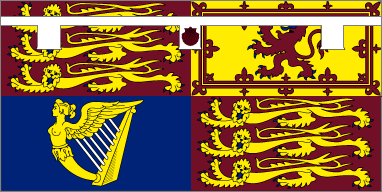
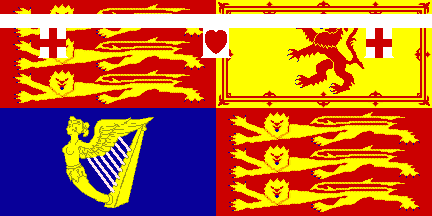
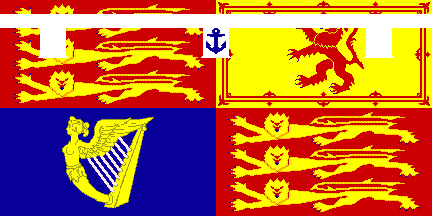

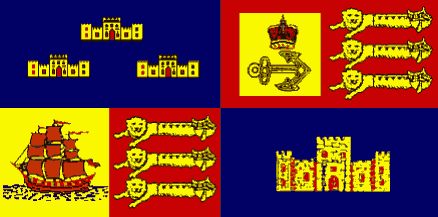
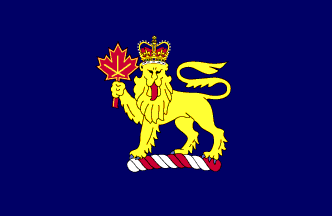
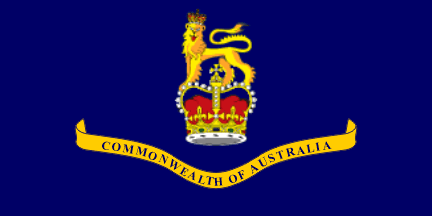
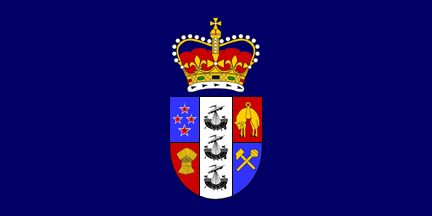
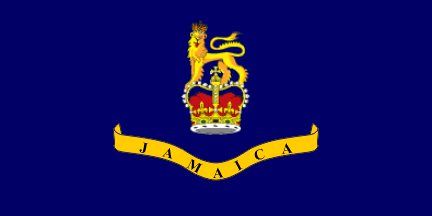
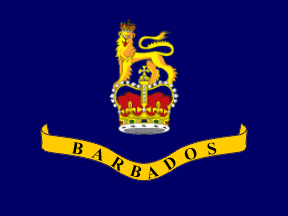


























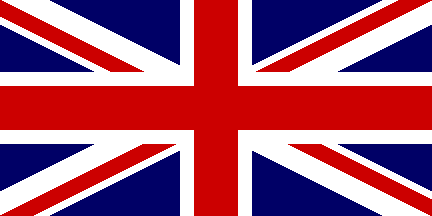




















































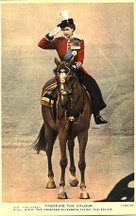

2 comments:
Thank you very much, Mr Baltzersen, for this most interesting post - scholarly and entertaining. Incidentally, at nine or ten years of age, Queen Maud Land was one of the most exotic and fascinating place names I discovered on a map when I got my first school atlas.
Thank you very much, Mr Baltzersen, for this most interesting post - scholarly and entertaining.
It's my pleasure, sir. And thank you for your interesting comment.
Post a Comment